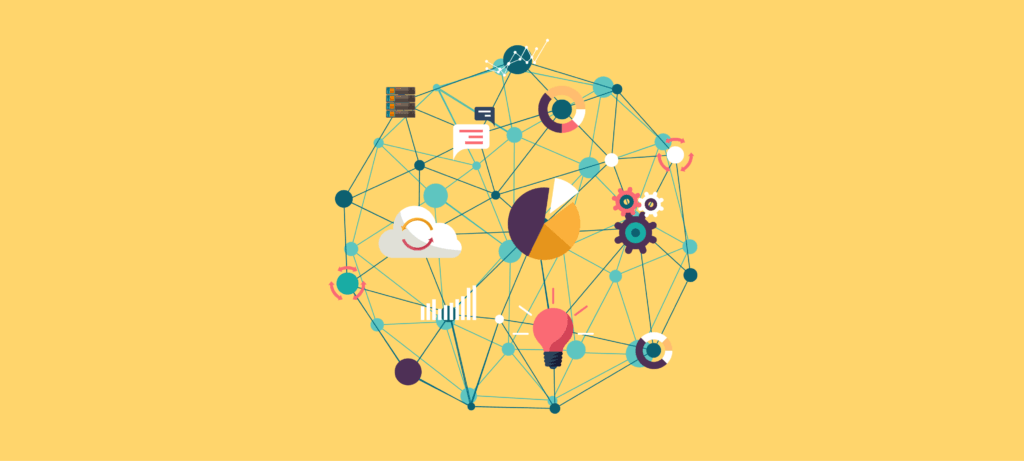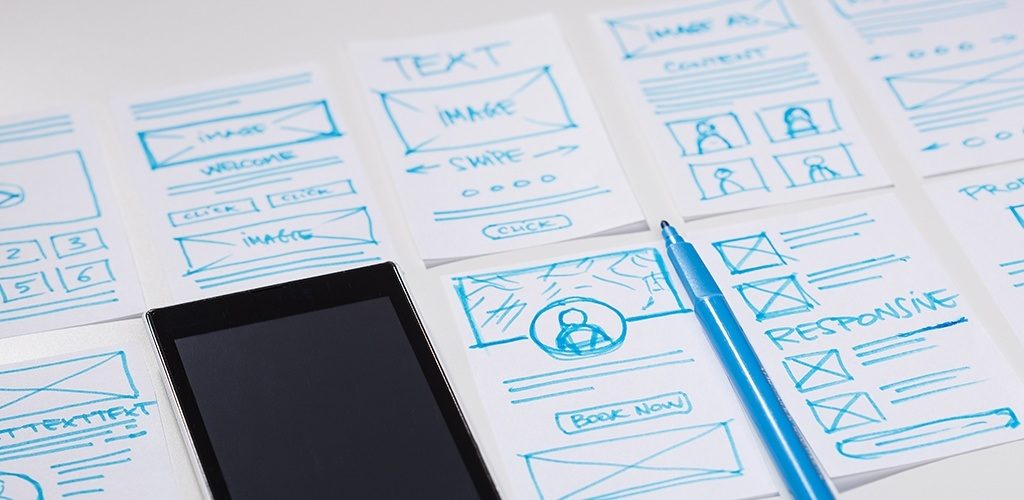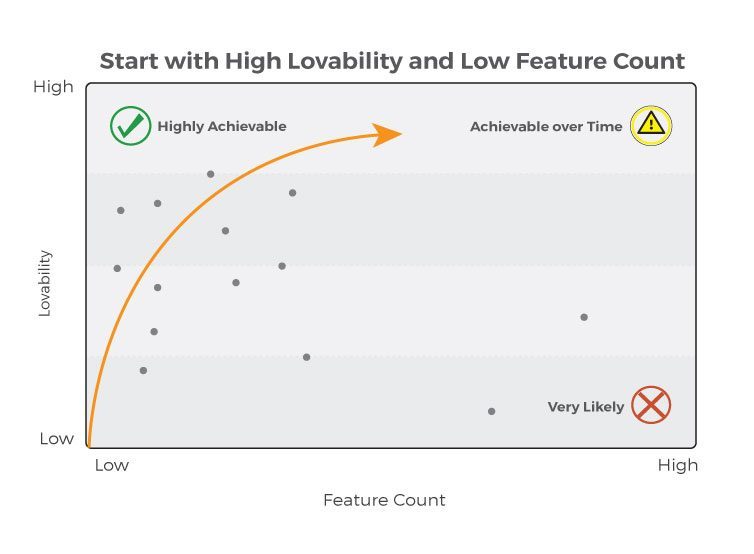Article
UI/UX Principle #42: Integrate Analytics to Improve UI

At Fresh, analysis is a central part of our scientific design and development process.
We spend time engaging in analysis because it leads to insights that feed the design process. This process involves a detailed review of our research and an investigation of the quantitative figures that provide insights for design.
Analytics help us answer key issues such as:
- What navigation items, elements, and links people are clicking
- What content matters to users
- What functionality matters most
Analysis is part of the science – coupled with research and testing, this trio of important factors inform and validate your design.
Additionally, it’s hard to argue with numbers or insights derived from hard data. Having difficulty persuading stakeholders? Jennifer Cardello writes that analytics can be used to “Better persuade the more data-oriented stakeholders in our organizations.”
The bottom line is that even a little time in analysis can lead to great insights that inform the design process. However, it’s important to decipher which analytics are most important and what questions we’re trying to answer before diving in.
Define Problems and Goals – Use Analytics to Measure Progress
Analysis feeds the design process. With it, and data it provides, we can create better wireframes, mockups, prototypes, and end products. This process involves a detailed review of our research and an investigation of the quantitative figures that provide insights for design.
However, without thinking about what kind of business you run, what problems you’re trying to solve, or what results you’re trying to improve, you can get lost in the sea of data.
We recommend hypothesizing what the issues are and using data to discern whether your hypotheses are correct. Break it down:
- What are the numbers? What can they teach you?
- Without starting anew, are there existing analytics you can use to identify trends and insights?
- Rather than focusing on everything at once, pick 3 analytics you want to improve

Conclusion
The process can increase in sophistication. A ton of time can be spent in this area, and if you aren’t strategic, it’s possible to lose sight of why you you set out to look at analytics in the first place.
In another post, we wrote that a little bit of usability testing goes a long way. The same goes for analysis. We recommend integrating analytics to some degree in your process because data drives decision making. From convincing stakeholders to justifying design decision, from analyzing trends to focusing on concrete areas of improvement, analytics can be used as a tool to justify your strategy.
For more on this topic, check out our post on Using Google Analytics for Optimization.









